If you’re feeling generous, you have more options than to open your wallet or build a giftable DIY project. You have plenty of homegrown body parts you can donate to people in need. From blood and hair to your entire body, here are things you can contribute to a good cause now, or when you don’t need them any more.
Illustration by Angelica Alzona. Photos by the Minnesota National Guard, Ed Uthman, Rochelle Hartman, the Hudson family, the Internet Archive, and Hikmet Gümüş.
Blood
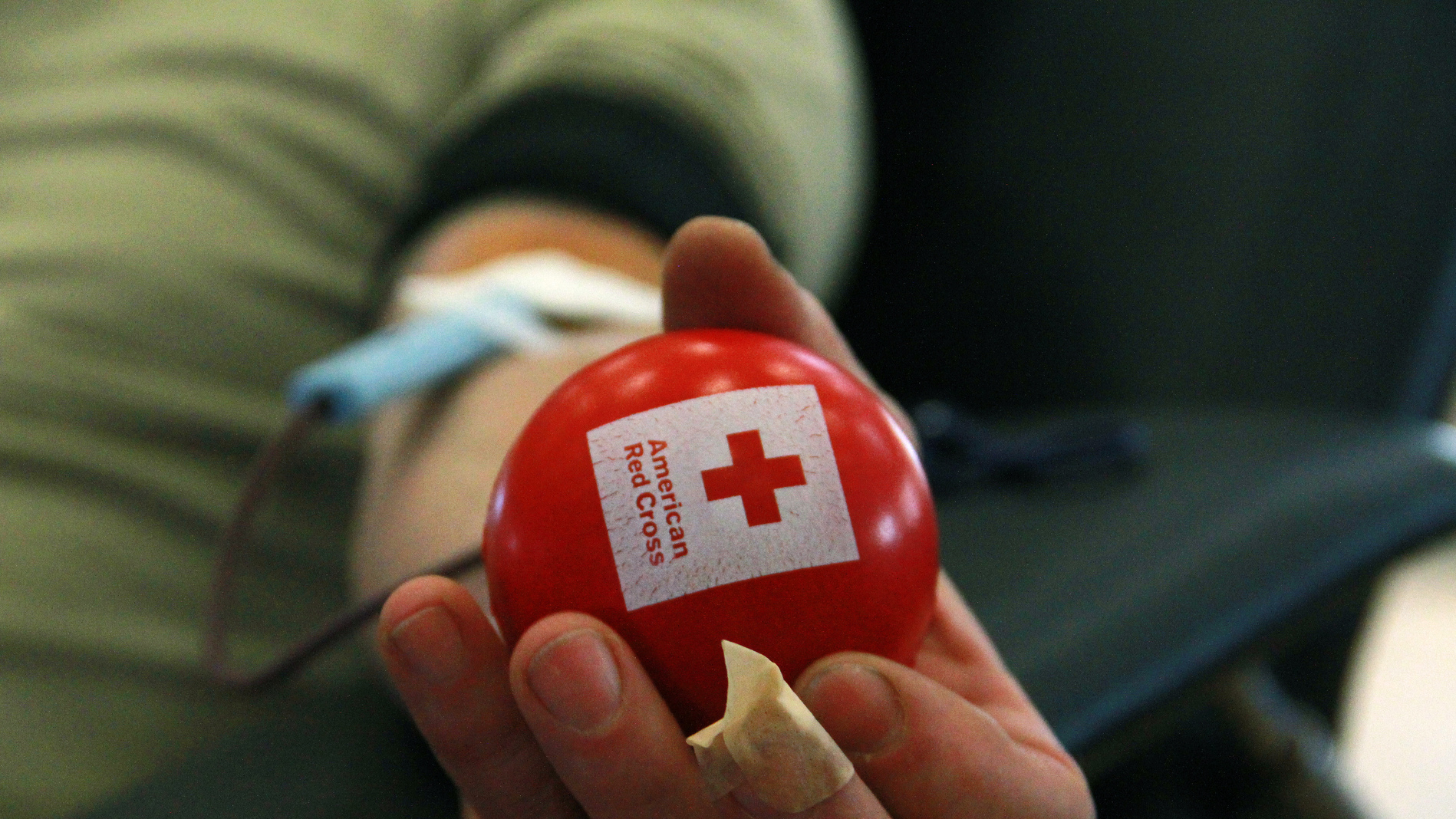
Who needs it? People with cancer or undergoing surgery often need blood; so do those who lose blood due to injury or who are being treated for a blood disorder. According to the Australian Red Cross Blood Service, one in three Australians will need blood.
Who can donate? Blood can carry bacteria, viruses and even medications, so blood banks may turn you away due to drugs you take or diseases you have. They will even turn you away for diseases you might be at risk for, even if you’re sure you are safe. For example, men who have sex with men still cannot donate blood for 12 months. The Red Cross lists their eligibility criteria here.
How to donate: You can use this tool to look up a donor centre near you. At the donor centre, you’ll fill out a questionnaire and undergo a short interview and finger prick test to check that you’re able to donate, before lying down with a needle in your arm. Once you’ve donated your blood (the whole appointment should take about an hour for whole blood) you’ll have a drink an a snack and be on your way. You can donate again in 12 weeks.
You can also donate other blood products, like platelets and plasma. They filter proteins from your plasma to make into medical treatments for conditions like haemophilia and immune disorders. The whole appointment takes about one an a half hours, and you can donate plasma every two to three weeks.
Bone Marrow
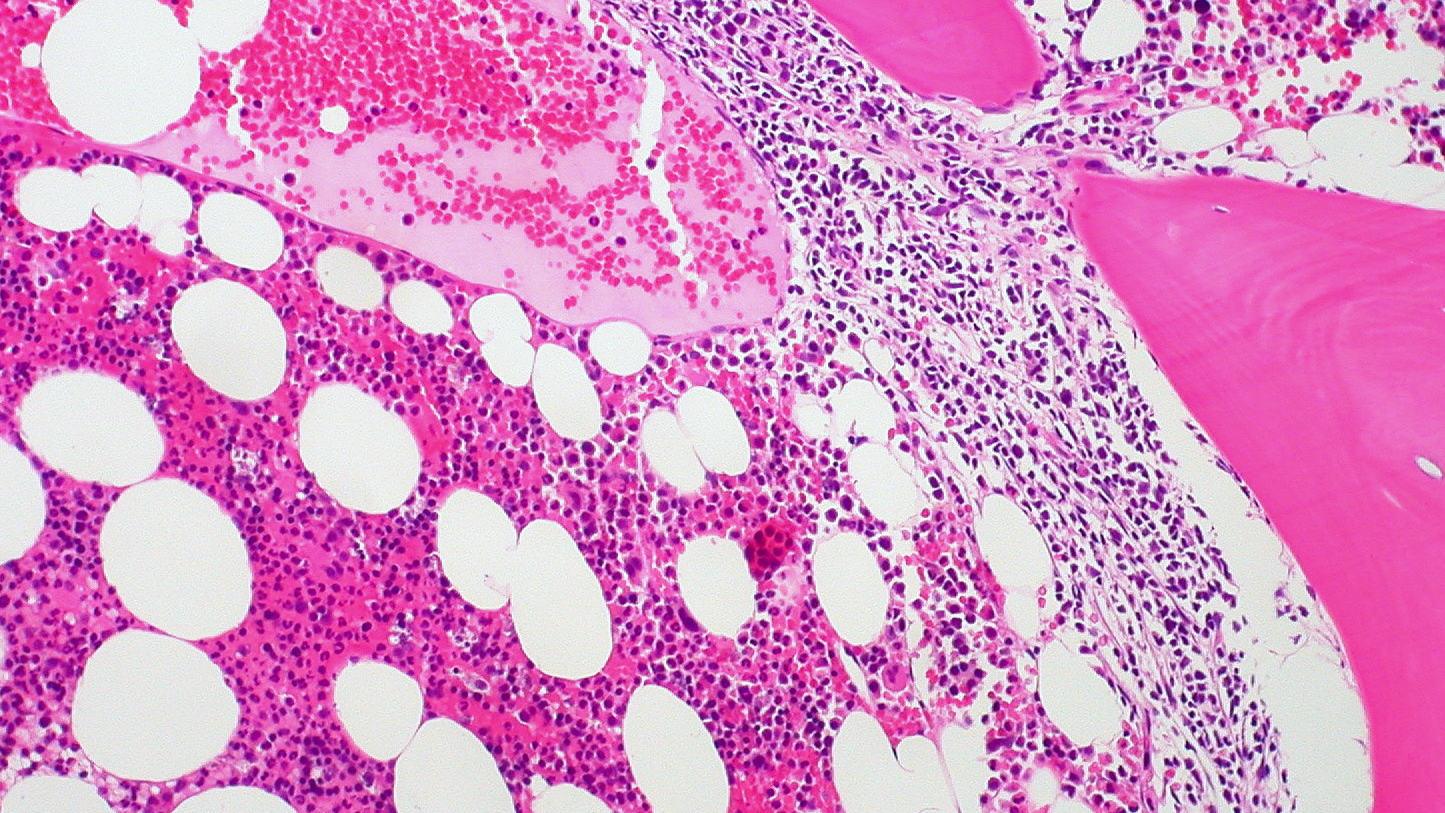
Who needs it? People with leukaemias and lymphomas, bone marrow diseases and immune system disorders like SCID may need a bone marrow transplant. They can’t just use any bone marrow, either: The donor’s tissue type has to match the recipient’s. Most patients who need a transplant can’t find a family member whose tissue type is a close enough match to allow them to donate. That’s why registries are so important — maybe you are someone’s match.
Who can donate? Guidelines for who can donate bone marrow are similar to those for donating blood. In addition, you have to be a good tissue match for the person who needs bone marrow. People are most likely to match with someone else from their racial or ethnic background, so registries especially need people whose heritage is African, Middle Eastern, Indigenous Australian, Asian or mixed race. Donors need to be under 45 years old, since younger people’s cells make for more successful transplants.
How to donate: Sign up for the Australian Bone Marrow Donor Registry. As part of the registration process, you will donate around 500mL of blood, 20-30mL of which will be taken for testing. This is how they know what tissue type you are. Once you are on the registry, there’s about a 1 in 1000 chance that you will end up being somebody’s marrow donor.
There are two ways you might be asked to donate. The older method is a surgery where you get a giant needle in your hip. It’s great for medical TV, but not very common any more. These days it’s more likely that you will get four daily injections of a naturally-occurring hormone called G-CSF that causes your bone marrow to release stem cells into your blood. When you donate, a machine will spend several hours filtering those cells out of your blood. In the meantime you can watch movies and chat with friends. If you’ve been put off of donating bone marrow because you were afraid it was a huge, painful needle, don’t be.
Hair
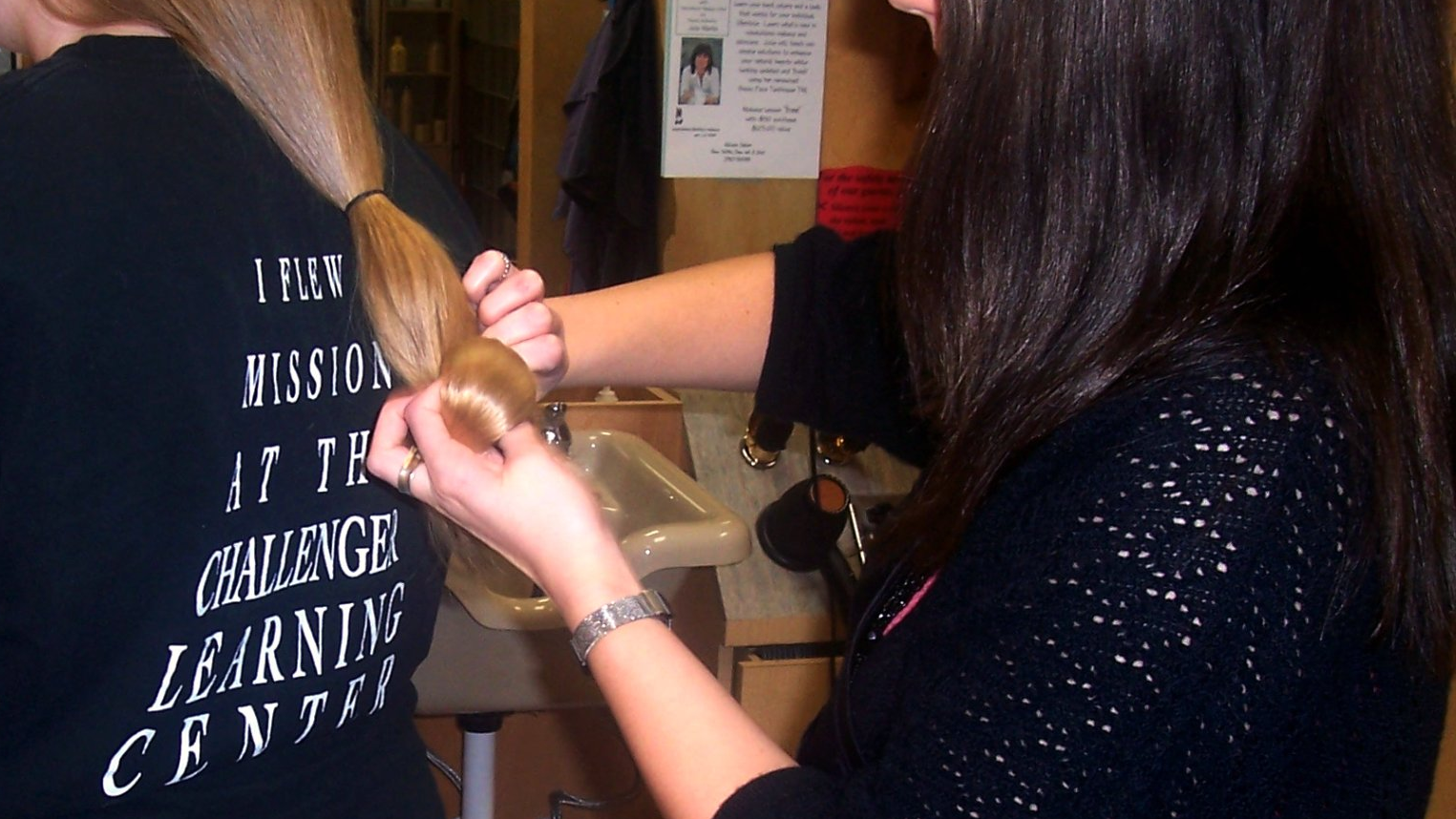
Who needs it? A few charities collect hair for wigs. Pantene give wigs to women with cancer. Variety gives wigs to children with long-term hair loss. You can also ask your local hairdresser.
Who can donate? Each organisation has their own requirements. Most ask that donated hair be at least 25cm long (Pantene will accept 20cm), and some have requirements about the hair’s colour and history, such as whether it has been bleached or dyed.
How to donate: Check your specific charity’s requirements before you have your hair cut. Typically you need to have your hair braided or gathered into a rubber band before cutting, and then you mail it to the charity. Some hairdressers might partner with a charity and will send your hair to them. That saves you a step, unless you want to take the hair home and send it to a different charity of your choice.
Breast milk
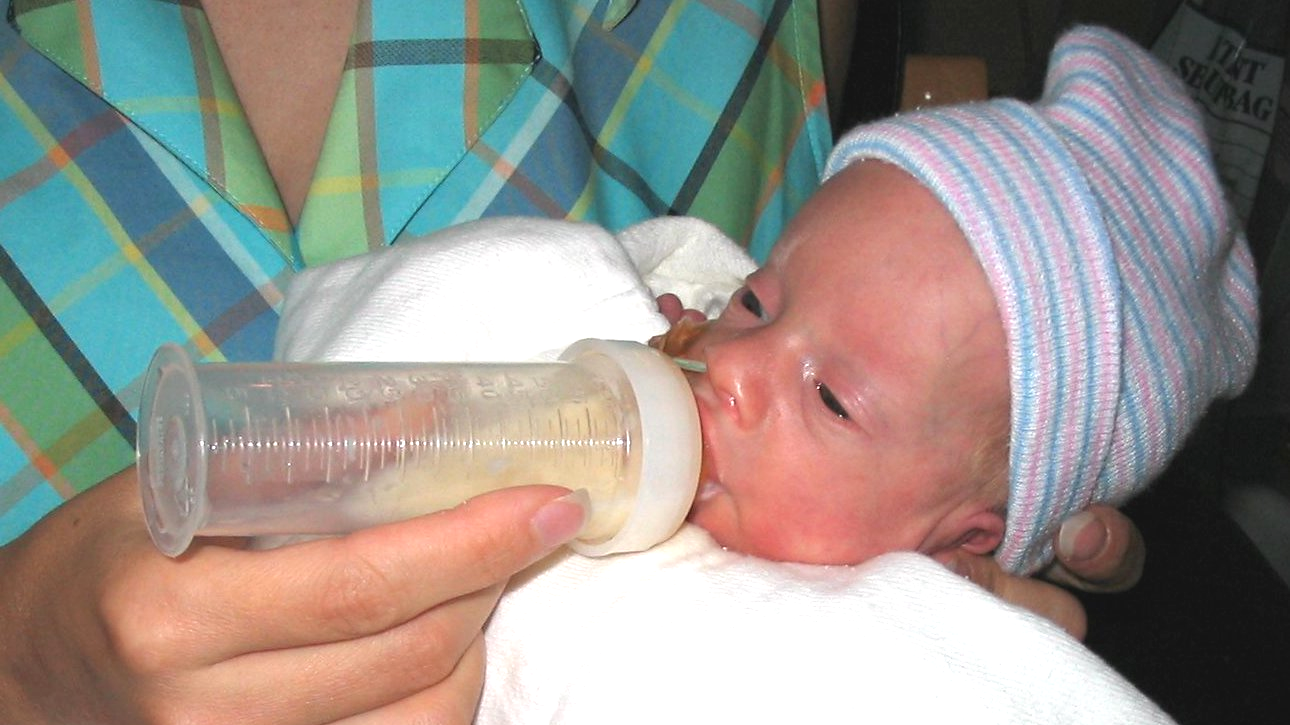
Who needs it? Human milk is the best food for premature babies, but their mothers often can’t provide it. They may be sick from whatever condition led to the premature birth, for example. Formula puts these babies at greater risk of deadly infections, so donated, pasteurised milk is the next best thing.
Who can donate? People who are producing milk, of course. Each bank’s guidelines for eligible donors are fairly strict, ruling out people with diseases that can be carried in milk, but also many people taking regular medications. Even if your milk is safe for your own, healthy baby, the requirements are meant to be an extra safeguard for medically fragile infants.
How to donate: First, get in touch with your nearest milk bank. According to Essential Baby, Australia only has four which run out of neonatal intensive care units. These are Mercy Health Breastmilk Bank in Victoria, King Edward Memorial Hospital’s PREM Bank in Western Australia, RBWH Milk Bank in Queensland and Sydney’s RPA hospital.
Requirements then vary depending on the bank. For example, Mercy Heath Breastmilk Bank requires that the donor has given birth in the last four months at Mercy Hospital For Women. King Edward Memorial Hospital has an online preliminary screening test. You can expect that the bank will want to ensure that you are in good health.
To donate, you just pump and freeze the milk according to the milk bank’s instructions. I donated when I was working and pumping milk for my own baby; every day I would pump 250mL for my daughter and 90mL for the milk bank. (Actually, since they required a fussier protocol with lots of hand washing and pump sanitising, I figured out I could pump extra for my daughter for a few days, and then dedicate one day’s full pumping session to the milk bank.) Once you have a stash in the freezer, pack it carefully and drive or ship it to the milk bank.
Sperm
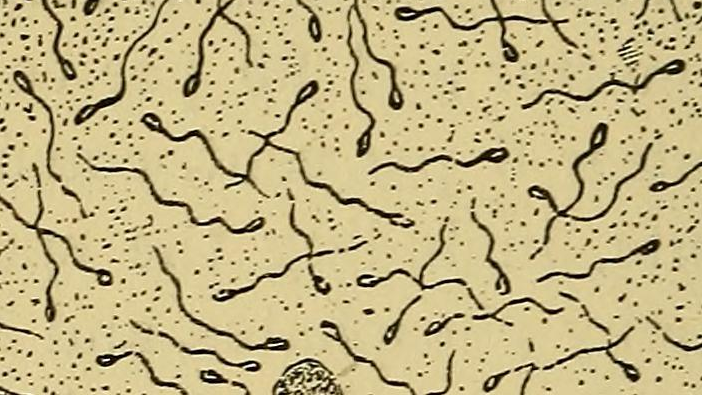
Who needs it? Women and couples who need a source of healthy sperm to be able to have children.
Who can donate? Men aged between 18-45 (21-45 in Victoria) can donate, an ideally up to five donations. You will have to pass screenings for both infectious diseases and genetic disorders, and your sperm has to be able to withstand their processing steps — which means that even if your sperm is fine for fathering children the old fashioned way, it may still be rejected if it doesn’t meet the sperm bank’s criteria.
How to donate: Start the process by contacting Sperm Donors Australia. The actual donation happens via masturbation at the sperm bank. Sperm donation does not pay in Australia, but you will be reimbursed for reasonable expenses “for each suitable donation“.
Umbilical Cord Blood
Who needs it? The stem cells in cord blood can treat many of the same conditions as bone marrow donation — leukaemias and lymphomas, bone marrow disorders and immune system disorders.
Who can donate? You and your baby make the donation just after birth, but you’ll need to start the process early during your pregnancy. Talk to your doctor or midwife at your antenatal visits to let them know you wish to donate umbilical cord blood. You will have to complete a questionnaire by the Australian National Network of Umbilical Cord Blood Banks and Cord Blood Collection Centres (AusCord) to determine your eligibility to donate. Among other criteria, you and your baby must not have infectious diseases, blood disorders or a family history of cancer. You will also have to give birth in one of the 11 AusCord participating hospitals in Australia, as trained staff need to be on hand to collect the blood.
How to donate: After your baby is born, trained hospital staff or AusCord collectors will remove blood from the umbilical cord and send it to the cord blood bank. You can find a list of participating hospitals here.
Don’t confuse cord blood donation with cord blood banking. In banking, (which costs several thousand dollars) you pay fees to store your child’s cord blood in case he or his siblings need it in the future. The American Academy of Pediatrics encourages cord blood donation to public registries, but not private banking for family use, since it is unlikely that a child’s cord blood could ever be used for the child or for his or her siblings.
Organs (Or Your Whole Body)
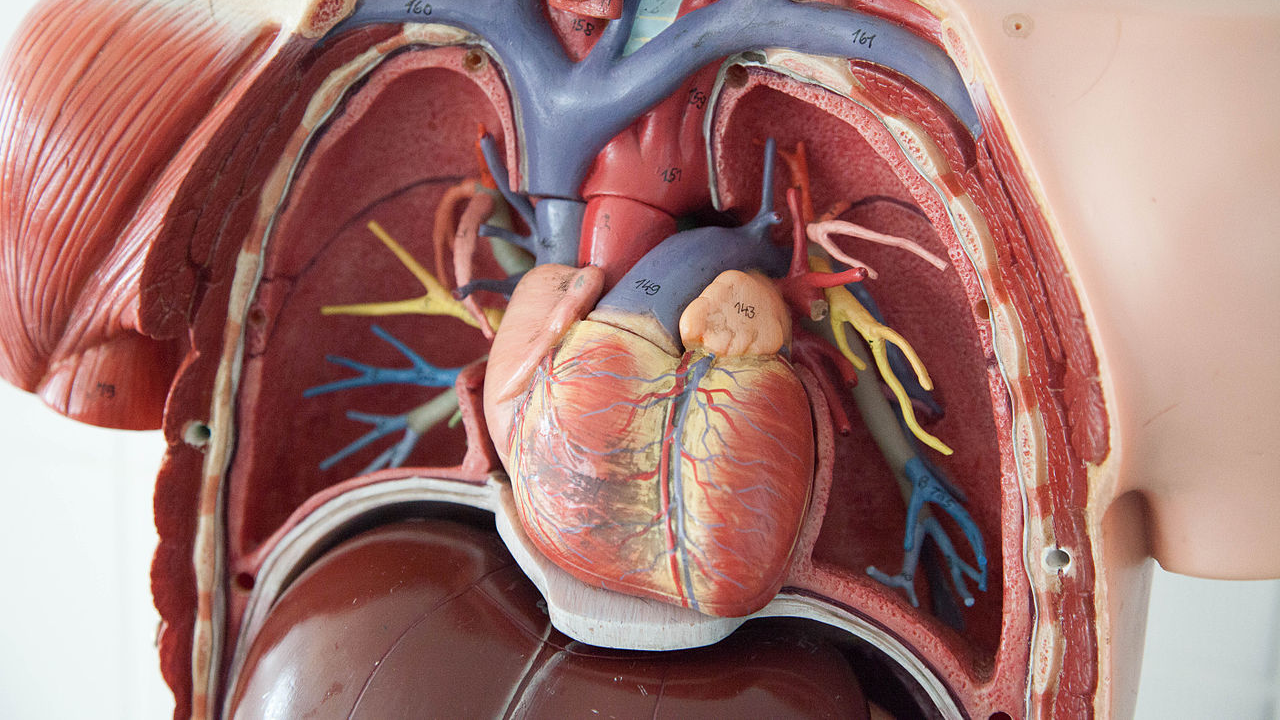
Who needs it? Heart, lung, liver, kidney, intestine and pancreas transplants can replace diseased organs and save lives. Corneal transplants can help to restore sight to people with certain eye conditions. Miscellaneous other tissues can help improve lives: Skin can help patients with burns, tendons can help to repair an athlete’s injured knee, bone can help to repair injured limbs and prevent amputation. So… a lot of people.
Who can donate? In most cases, the rule is pretty strict: You have to be dead. Almost anyone can potentially be a donor, but the specifics will depend on your medical situation at the time of death, and whether you or your family gives permission.
How to donate: All you need to do while you’re alive is join the national organ donor registry. If hospital staff don’t know your wishes, they will ask your next of kin whether they would like to donate your organs. Make sure to let your family know your intentions.
There is an exception to the rule about being dead, however. You can choose to donate a kidney or part of your liver while you are still alive. People typically do this to help out a relative or close friend, but it’s also possible to make a “non-directed” donation, where you offer up your organ for whoever needs it. If you think you’d like to do this, or would like more information to help you make your decision, contact Transplant Australia.
If you’d like to go whole hog and donate your entire body, that’s possible too. Medical schools use bodies to teach anatomy, and scientists can use donated body parts for medical research. You can even donate your organs, like we described above, and then give the rest of your body to science. You can contact a medical school or hospital directly – for example, the University of Sydney’s donation information is here. The school or company that handles your donation will return the cremated remains to your family a few weeks after death, and typically there is no cost to the family.
Deciding to donate your body, or any part of it, is a big decision. Since donations can benefit people in need — or medical research, which can benefit others in the future — it’s worth considering.

Comments